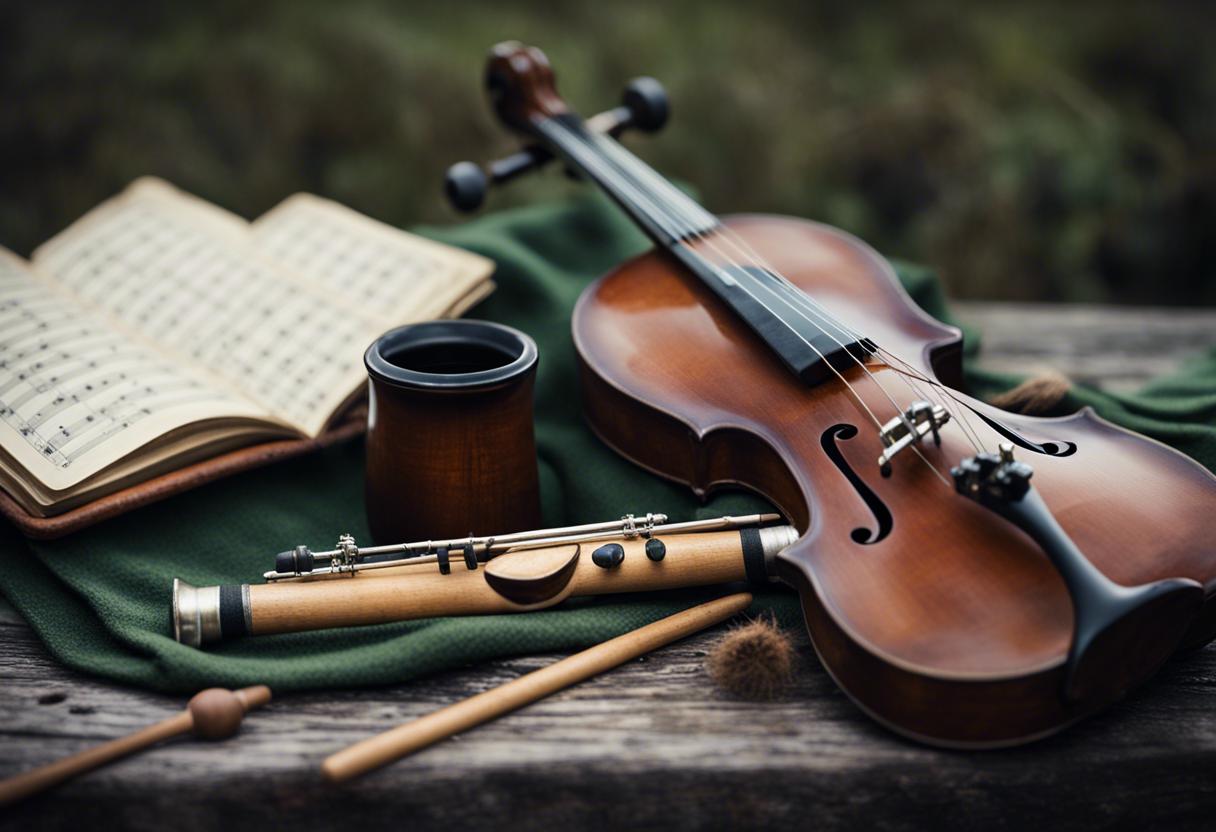The most recent edition of Fintan Vallely’s Companion to Irish Traditional Music has offered several notable enhancements. Following its extensive predecessor of 2011, this version continues to provide a thorough exploration of Irish traditional music, yet further delves into more profound musings, underscoring the herculean endeavours entailed. Indeed, encapsulating the crux of an art form may seem like a fool’s errand to some; embracing the numerous aspects of Irish traditional music, spanning music, dance, performers, organisations, and more necessitated a diverse blend of contributors. These included such talent as Terry Moylan, a former member of Na Píobairí Uilleann, established fiddle player and academic Liz Doherty, and Catherine Foley – musician and dancer among others.
Vallely’s introduction in this edition is more extensive and introspective, providing a more refined snapshot of a moment in time in comparison to its predecessor. From the writer’s perspective, The Companion to Irish Traditional Music (2nd edition) has acted as a valuable resource, presenting reliable support for queries or fact-checking needs. Its alphabetical arrangement of extensive entries on various performers and dancers certainly lends it a feel of a musical directory. However, its merit extends much beyond, rendering it an ultimate guide for anyone holding more than a slight interest in our national music and dance.
Notable additions cover crucial topics like Fair Plé – a volunteer-driven initiative aimed at reaching gender equality in traditional music, entries about ground-breaking artists like Lankum, and a more thoughtful perspective towards the influence of gender and societal norms on the development of music and its societal role.
While the content often is academically inclined and can at times feel dry in style, it doesn’t mar the comprehensive value of the book. For instance, the description of step dance as “a precise, technical, rhythmic performance genre with movement primarily in the legs”, neglects to consider the social conventions that dictated its stern arm positions, and could have been enhanced by a more detail-oriented entry, contrasting it with the more fluid movements of sean-nós dance.
Despite such nuanced critiques, the book remains an indispensable source for performers, innovators, intellectuals, educators and artists with a dedicated interest in traditional music, delving consistently deeper into the wealth of tradition.

